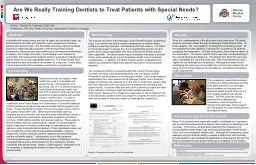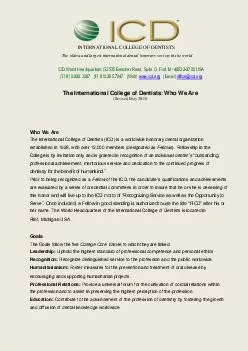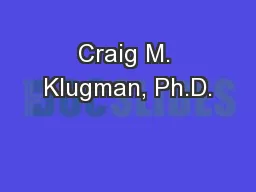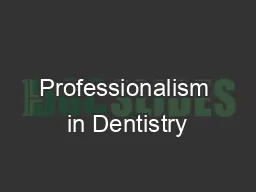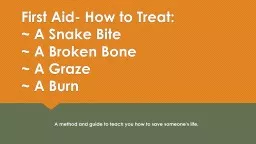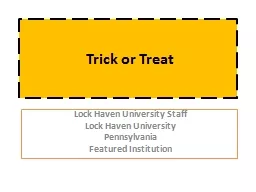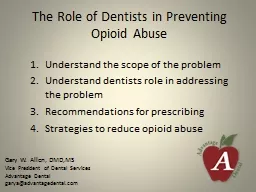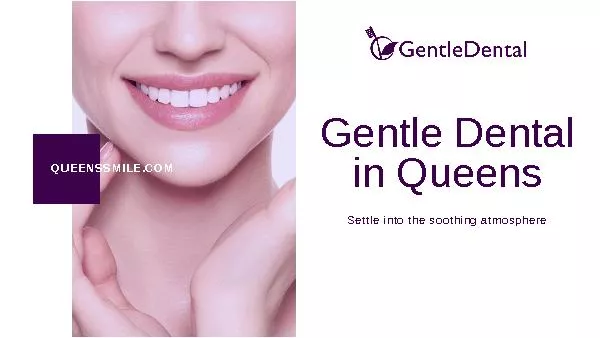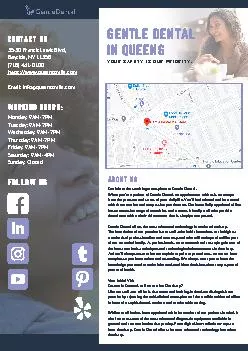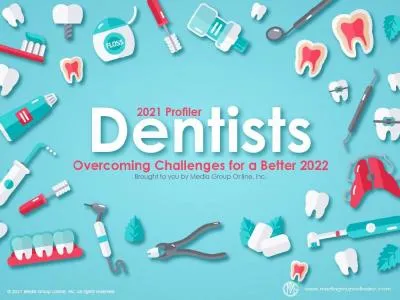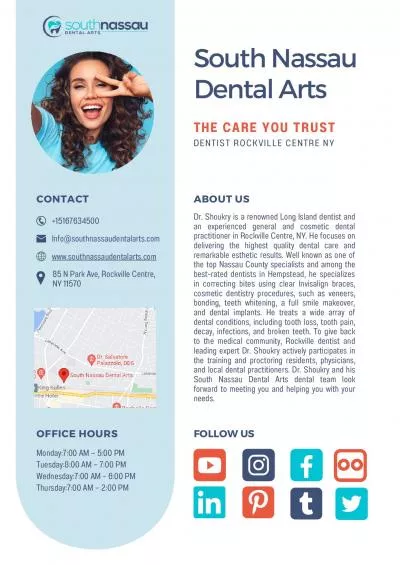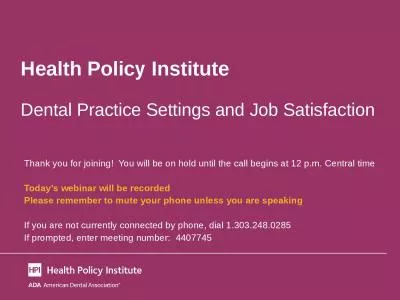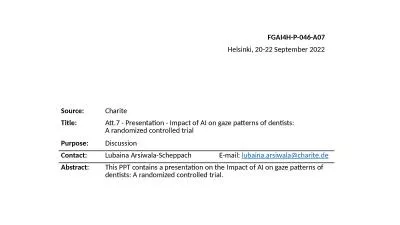PPT- Are We Really Training Dentists to Treat Patients with Special Needs?
Author : classyshadow | Published Date : 2020-08-03
Author Timothy B Followell DMD MS Institutions The Ohio State University Nationwide Childrens Hospital Conclusion and Future Directions Individuals with special
Presentation Embed Code
Download Presentation
Download Presentation The PPT/PDF document " Are We Really Training Dentists to..." is the property of its rightful owner. Permission is granted to download and print the materials on this website for personal, non-commercial use only, and to display it on your personal computer provided you do not modify the materials and that you retain all copyright notices contained in the materials. By downloading content from our website, you accept the terms of this agreement.
Are We Really Training Dentists to Treat Patients with Special Needs?: Transcript
Download Rules Of Document
" Are We Really Training Dentists to Treat Patients with Special Needs?"The content belongs to its owner. You may download and print it for personal use, without modification, and keep all copyright notices. By downloading, you agree to these terms.
Related Documents

